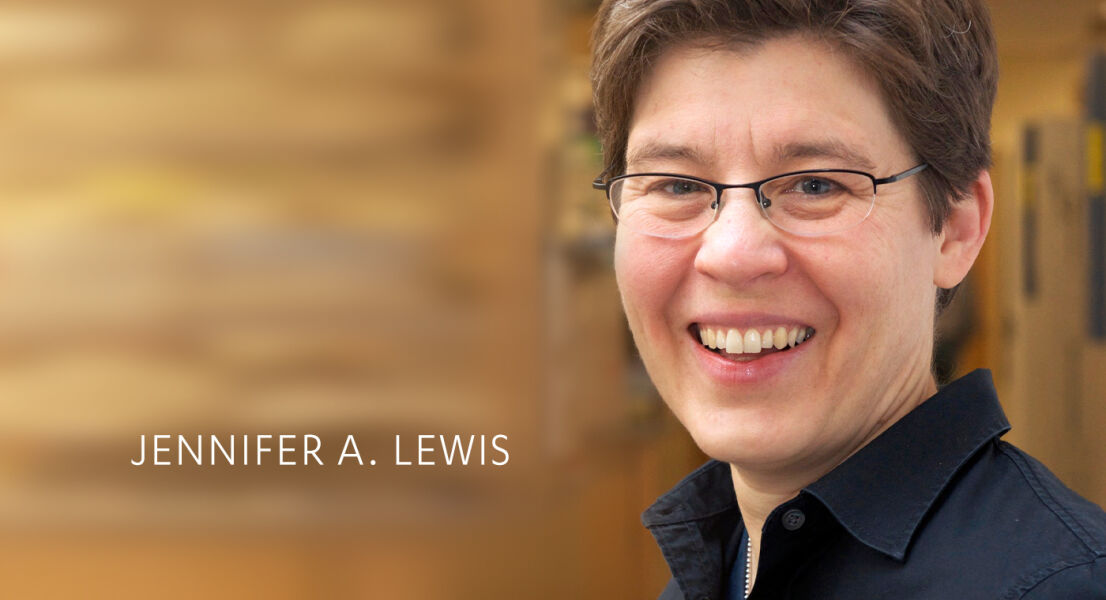
3D Bioprinting Pioneer
Wyss Professor of Biologically Inspired Engineering
Harvard John A. Paulson School of Engineering and Applied Sciences
Imagine a world in which a skin graft, a kidney, or even a human heart could be 3D printed on demand. The audacious bioprinting engineer, Jennifer Lewis, and her team at Harvard are bringing that prospect closer to reality with their innovative development of a method that allows creation of thick vascularized tissues and 3D organs. Using a custom-built 3D printer and unique inks that contain the building blocks of human tissue, they lay down layer upon layer of tissue seeded with living cells.
One critical advance from Lewis’s team is the engineering and construction of a network of tubes that mimic blood vessels. Lewis formulated an ink that, when cooled, leaves a web of open channels inside—much like the pathways of human arteries and veins. A vascular system to deliver nutrients throughout bioprinted tissue will be essential to its survival. Together, these advances are on track to revolutionize drug safety testing, organ donation, and more.
Lewis holds an Sc.D. in ceramic science from MIT, and has also worked to develop flexible electronics and soft robotics. In 2016, she introduced the octopus-inspired “octobot,” the first entirely soft, autonomous robot, which combines embedded 3D printing, modeling, and soft lithography (see inset, above). She has been awarded the NSF Presidential Faculty Fellow Award, the Brunauer Award from the American Ceramic Society, and honors from the American Chemical Society and Materials Research Society. She has authored more than 150 papers and 30 patents, and is cofounder of two technology companies supporting her pioneering work.
